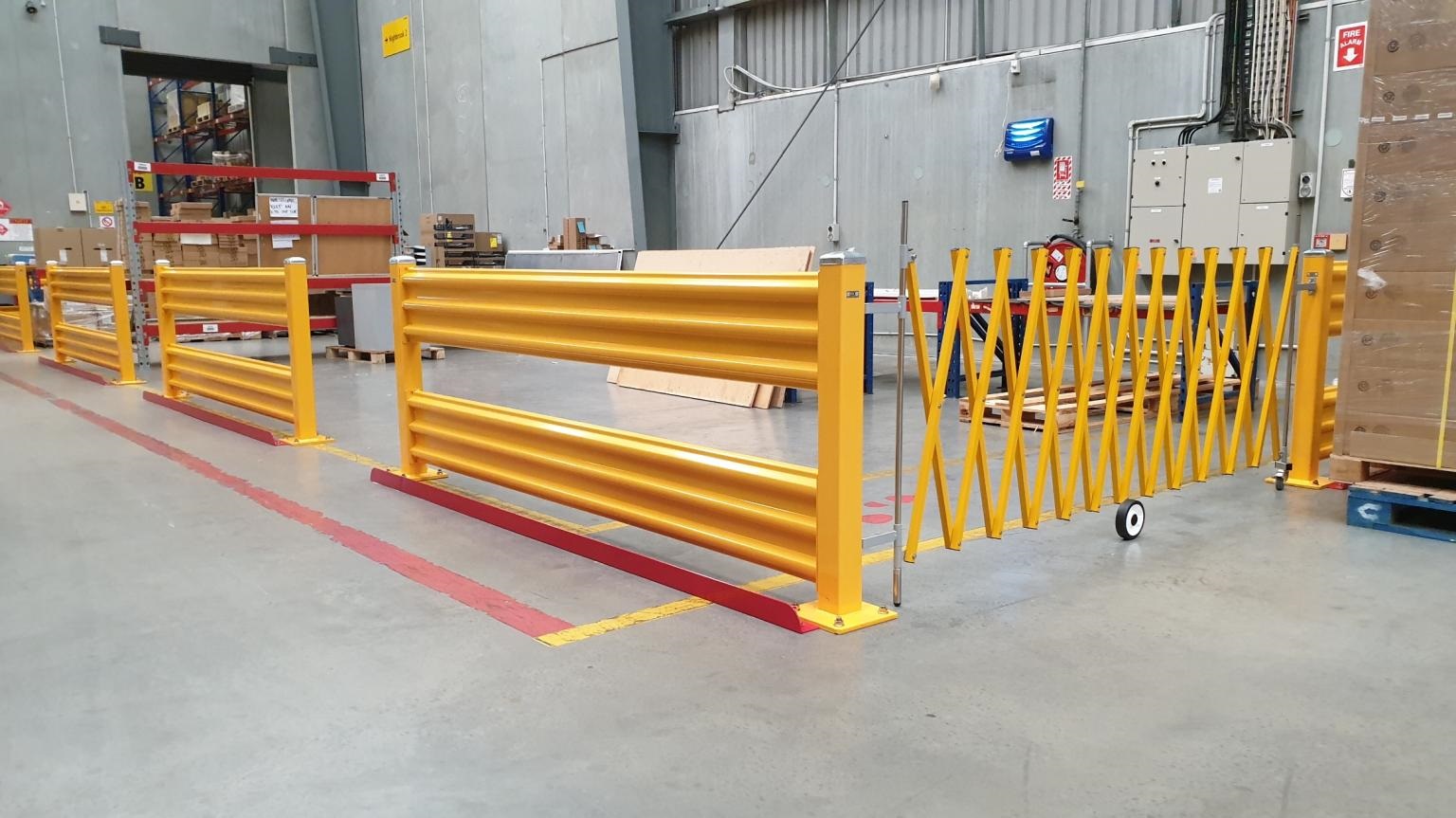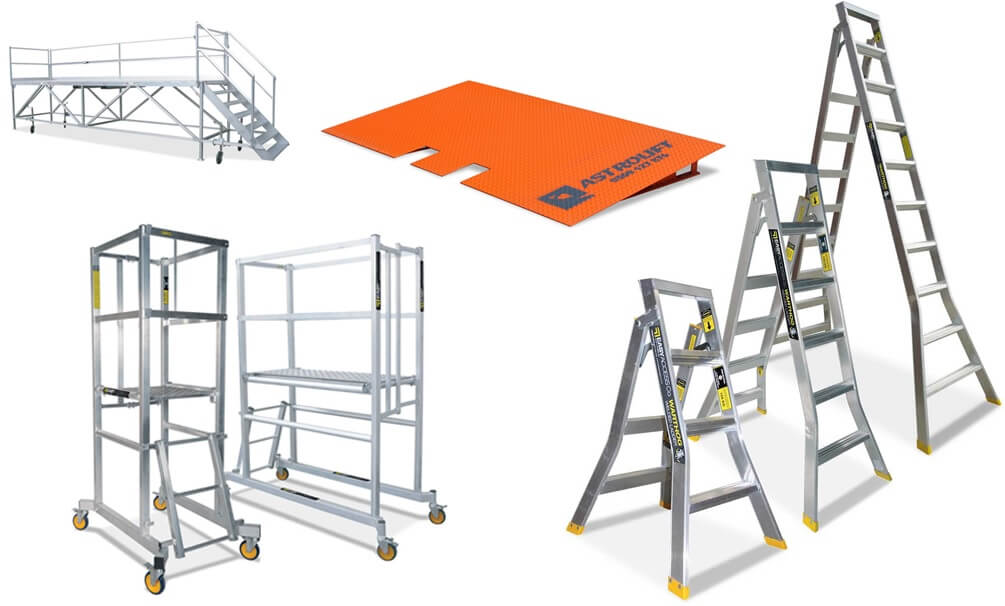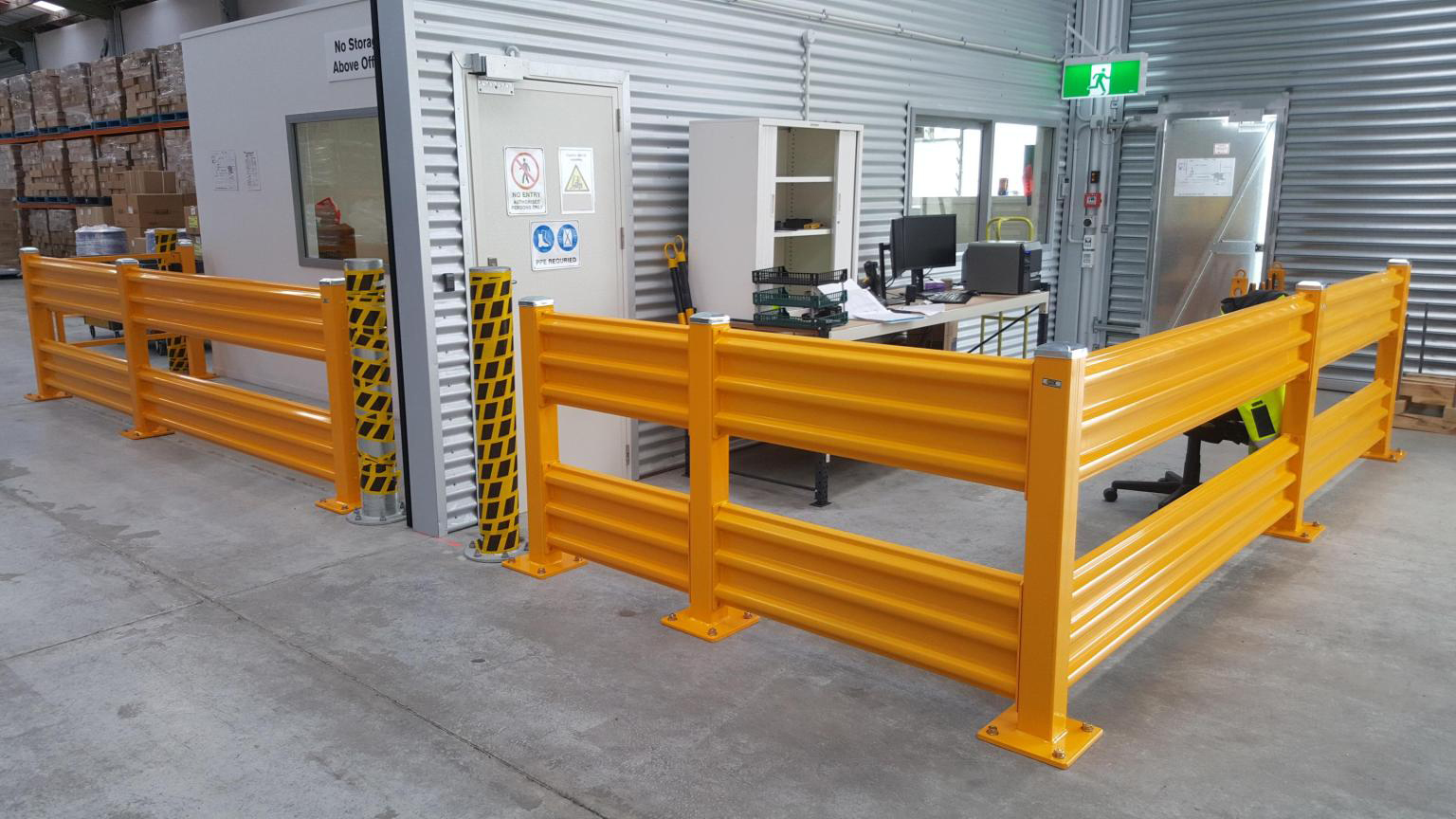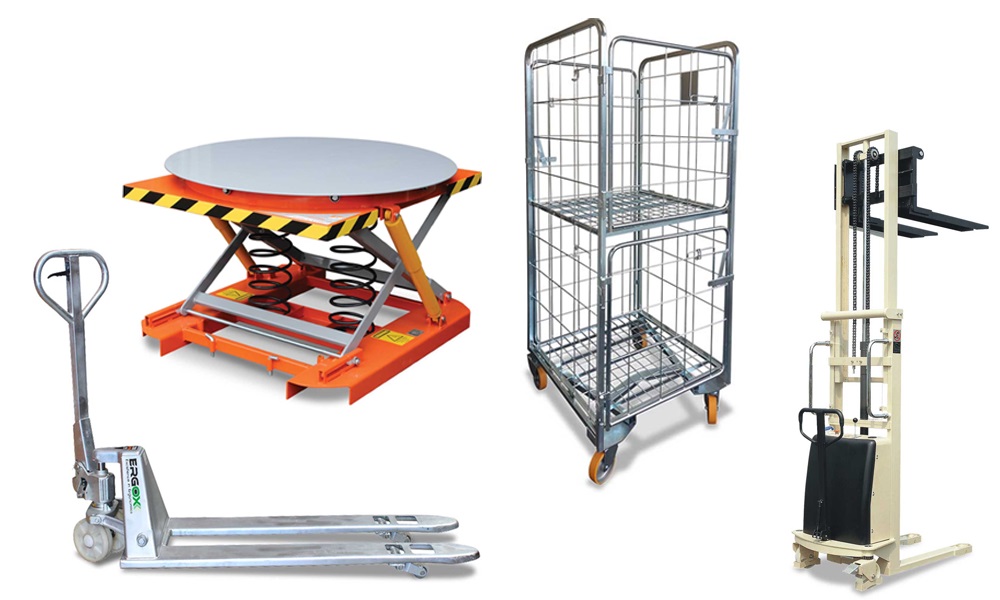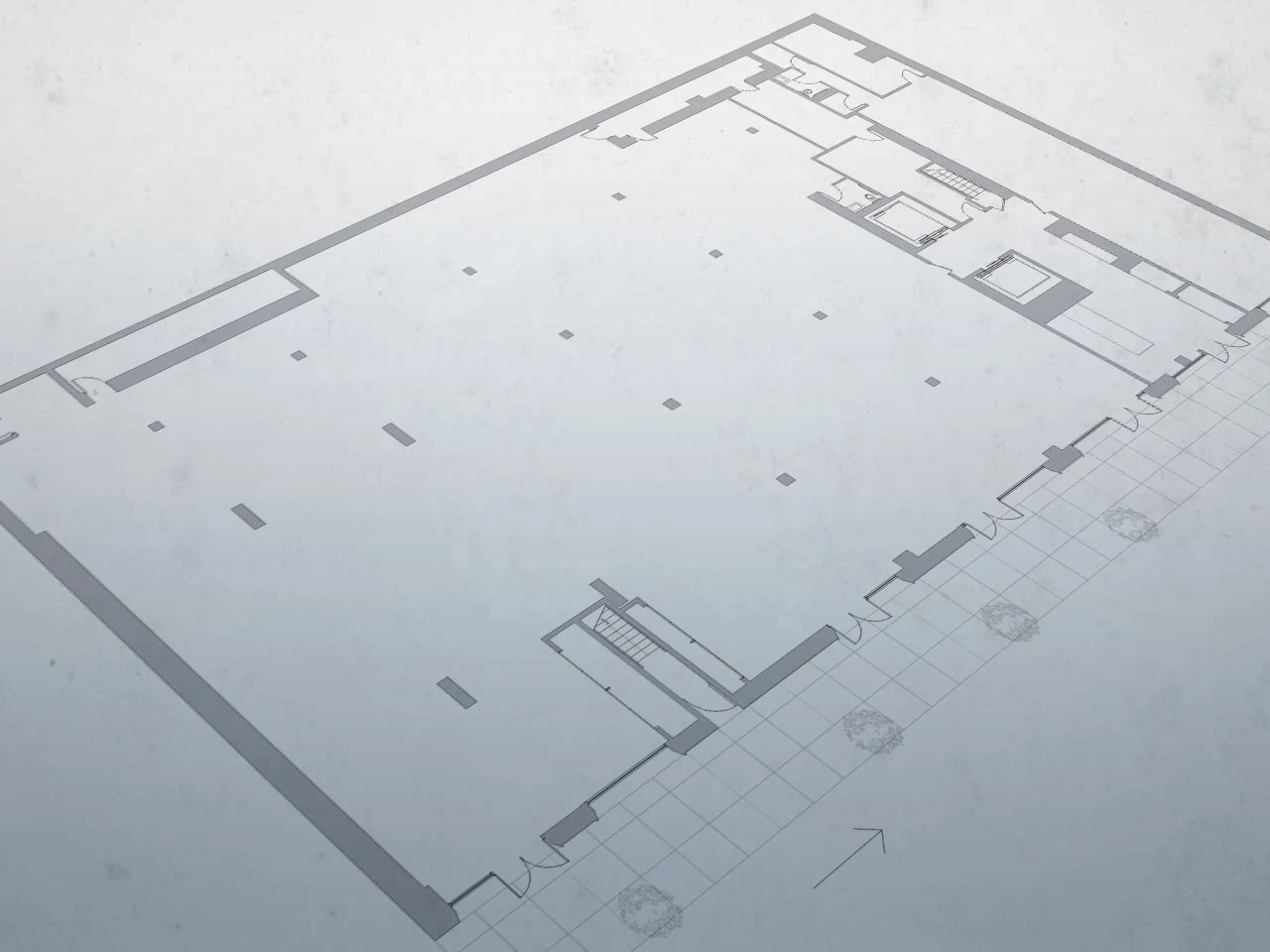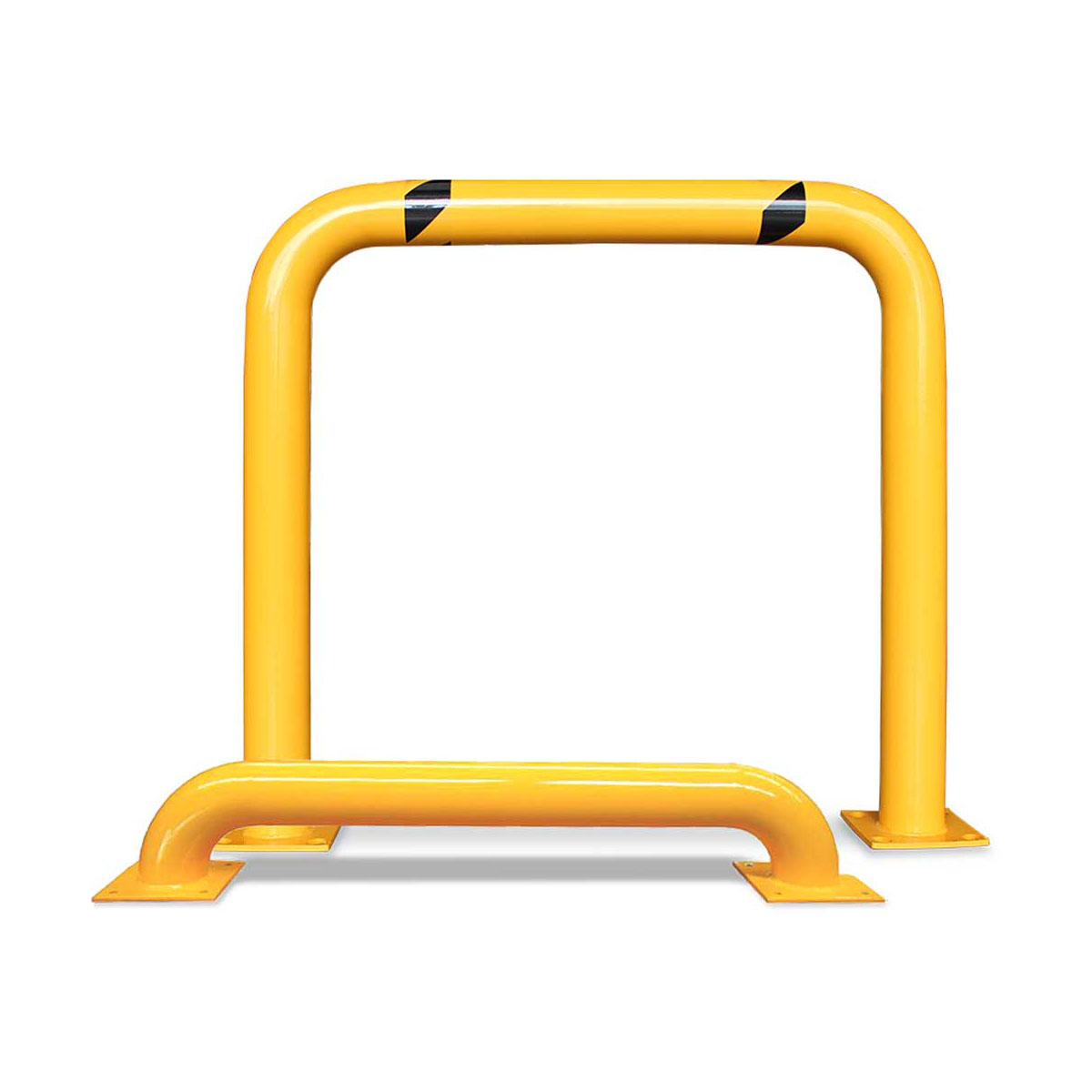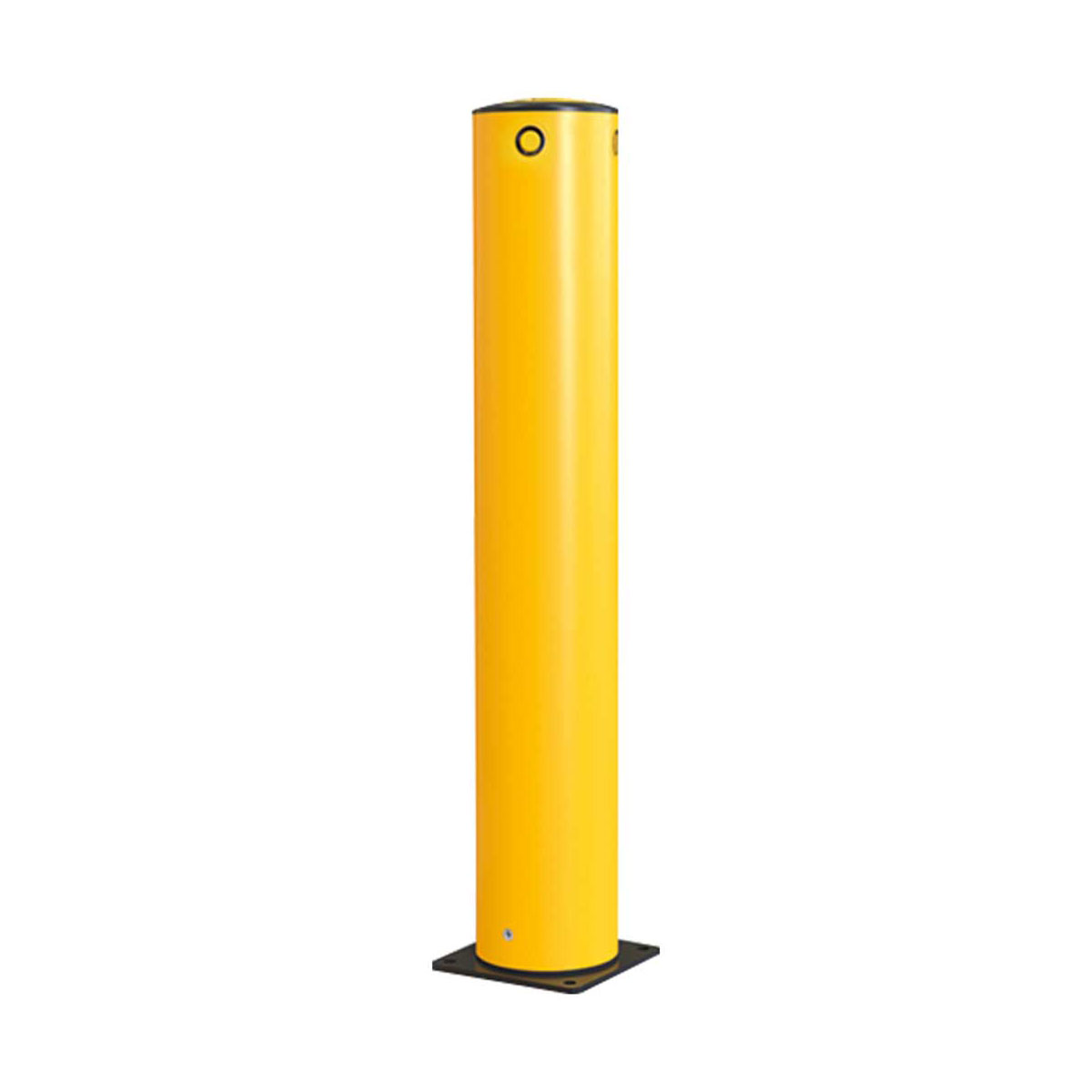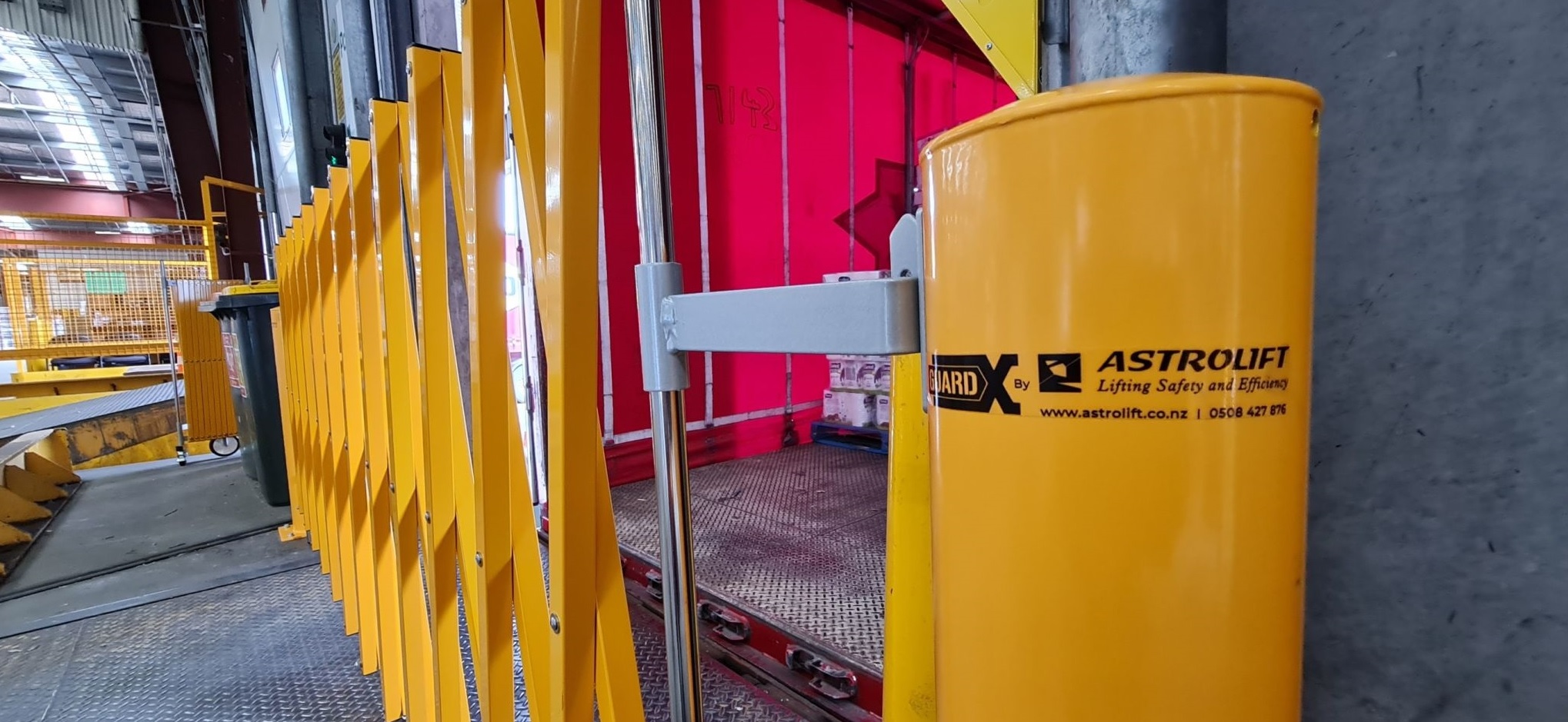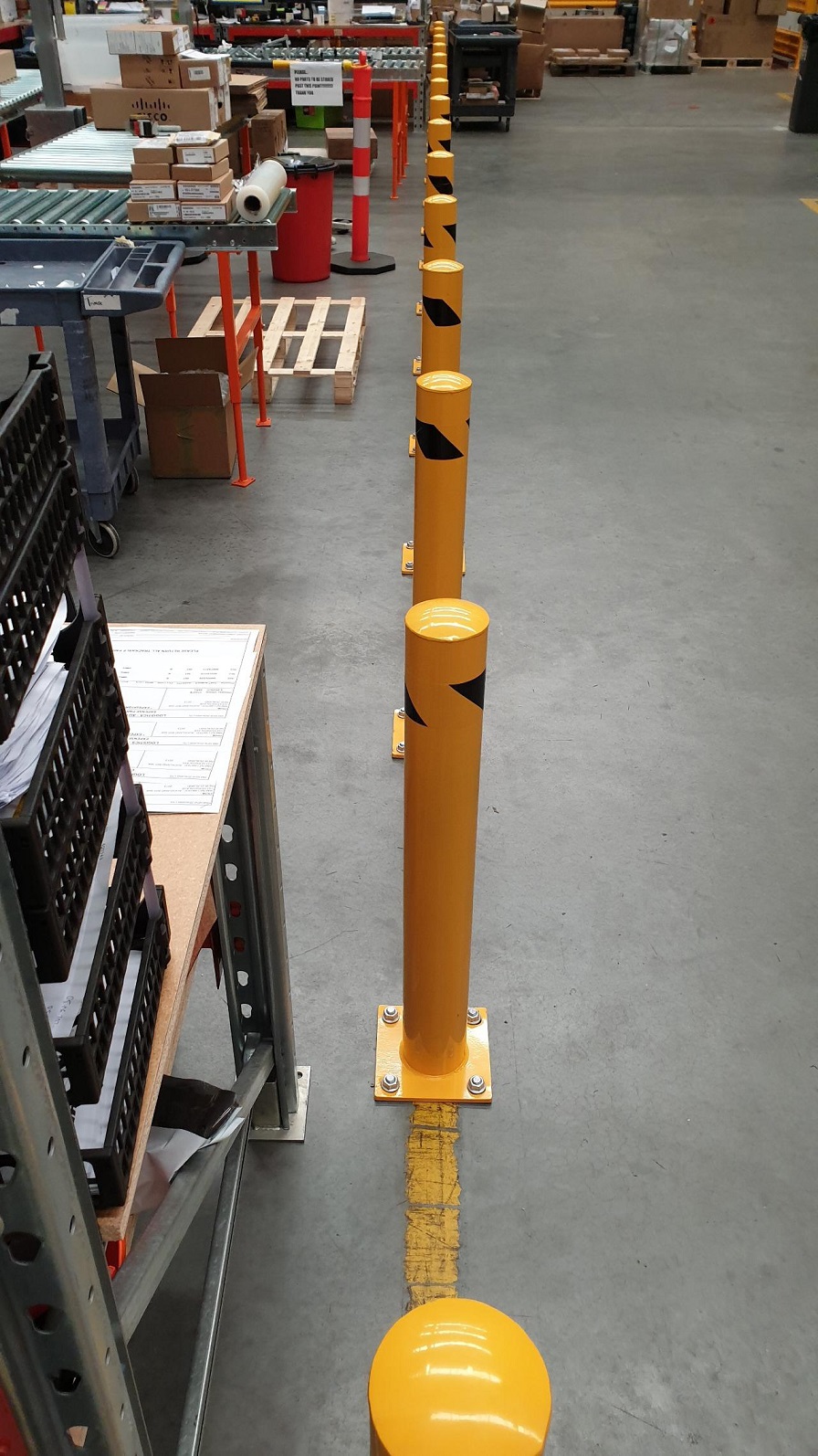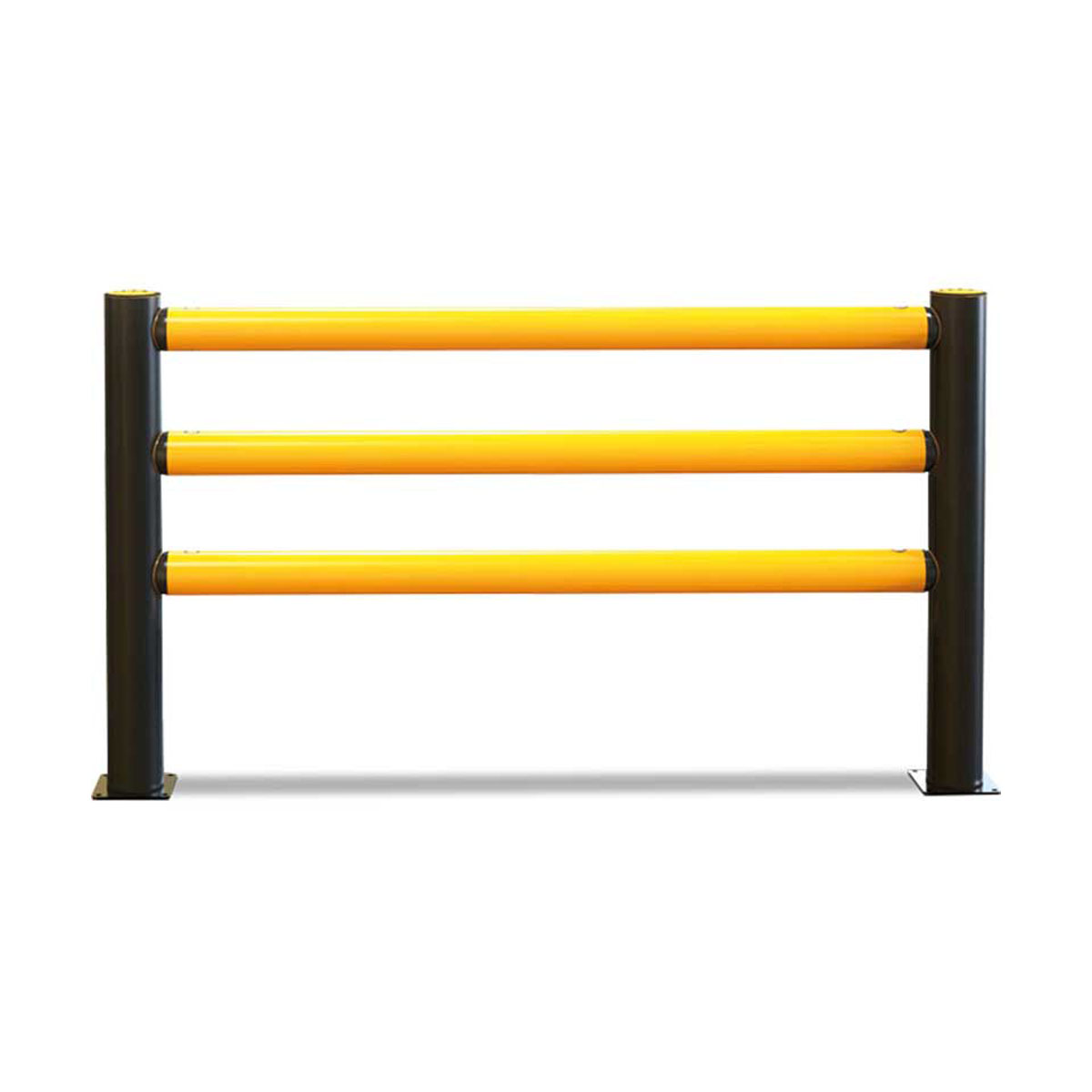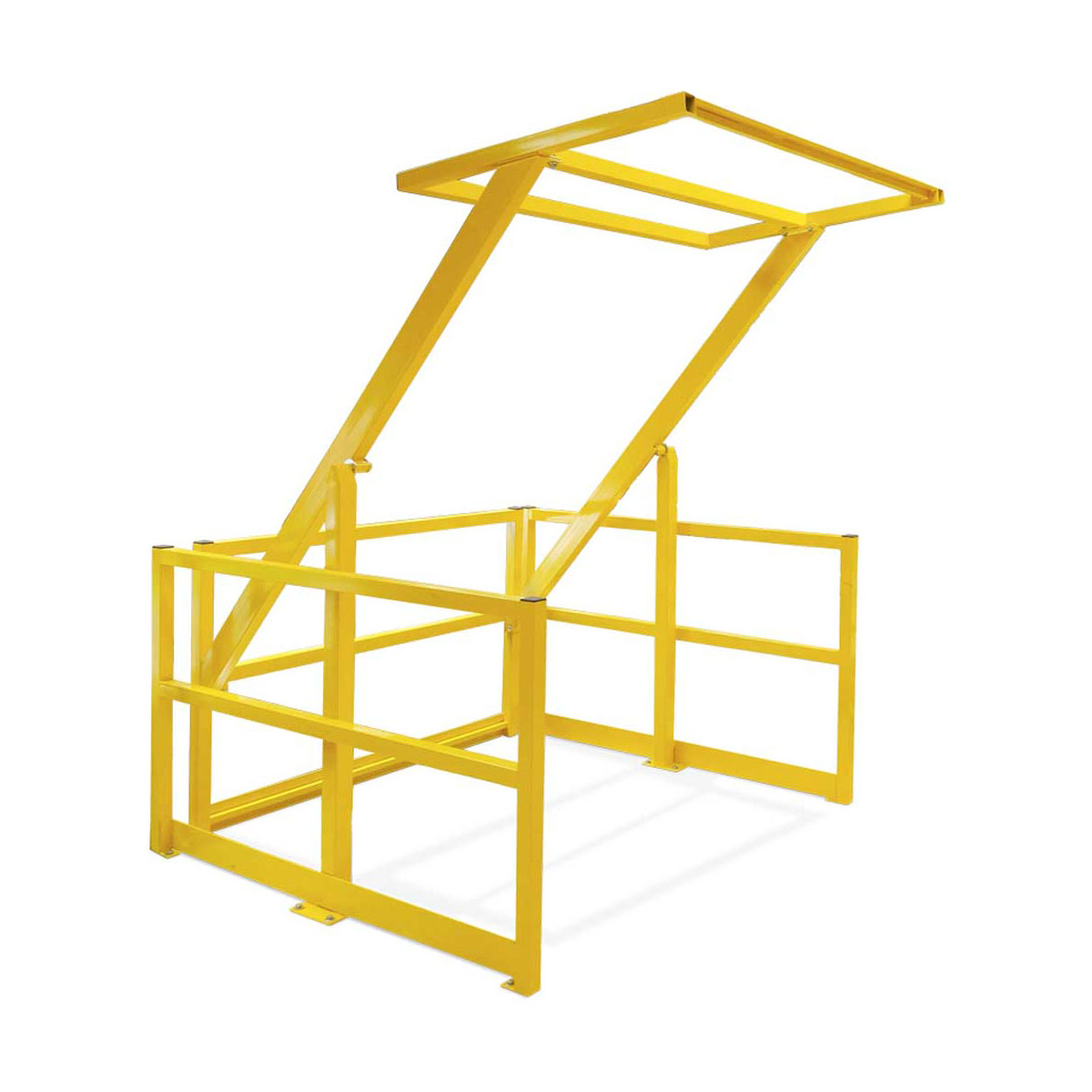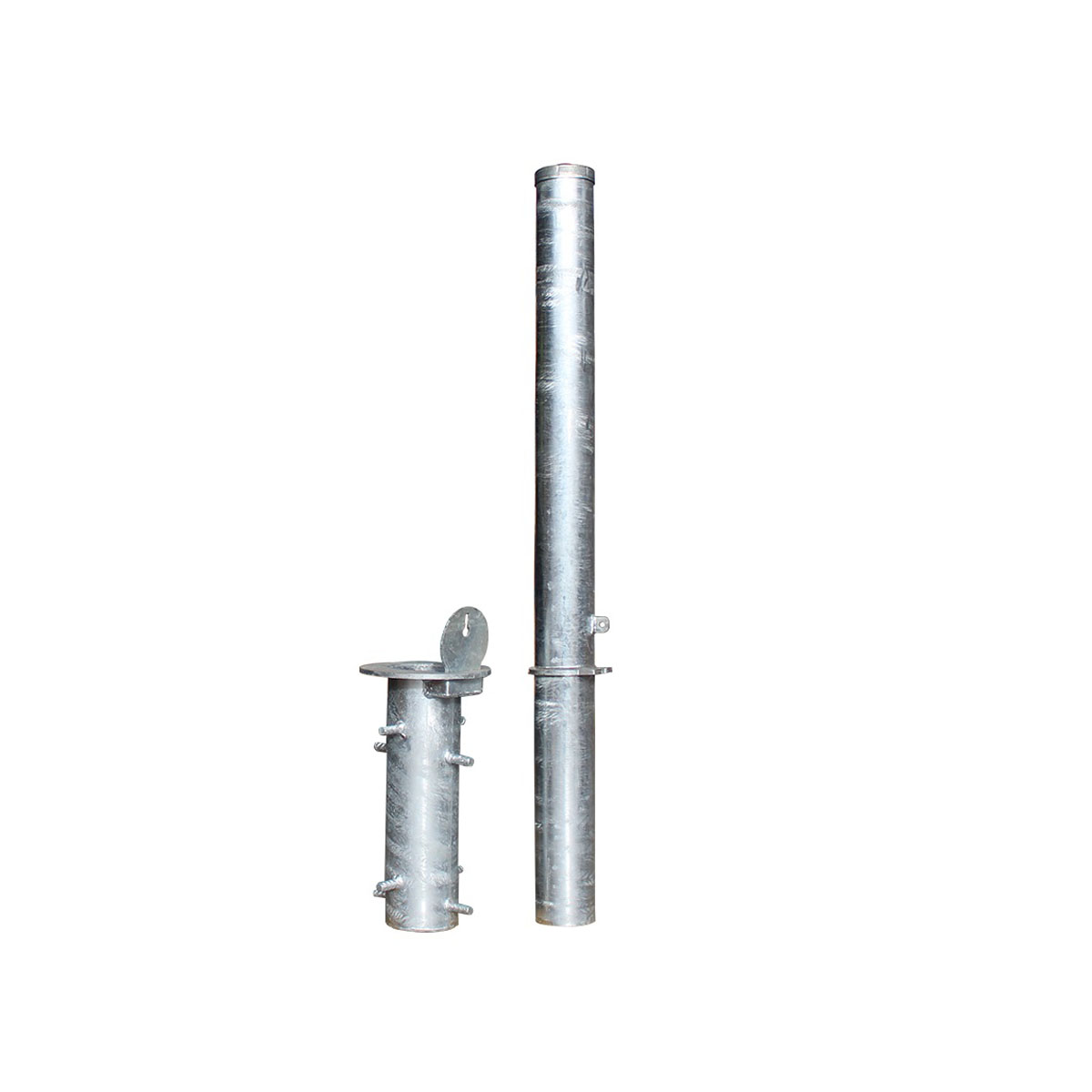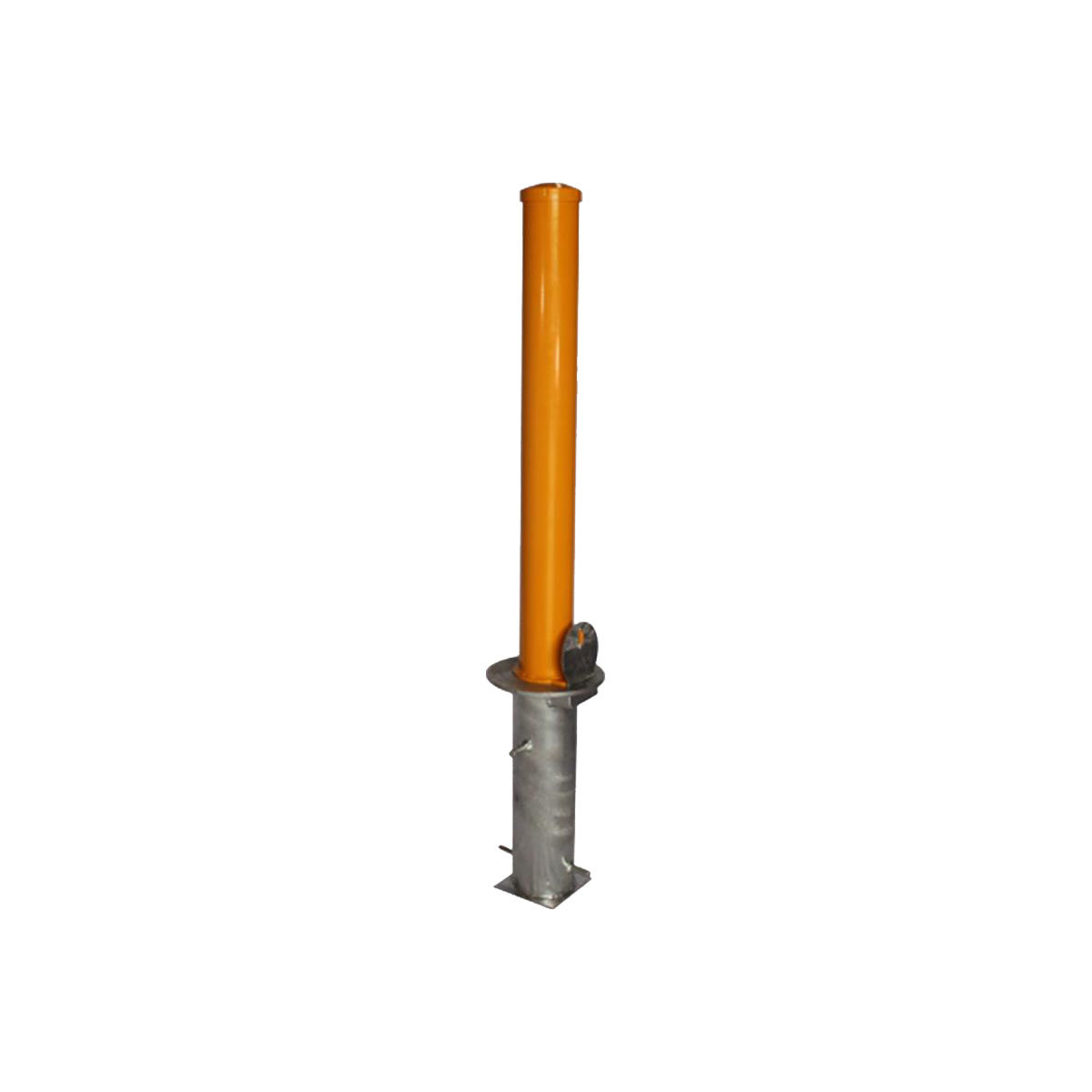Workplace safety is of high importance and putting the wrong type of barrier in the wrong area could have disastrous implications.
We are going to break down the main types of hazardous situations, and which types of barrier are suitable for each:
- Protecting Buildings and Machinery
- Protecting from low COG impacts
- Protecting from high COG impacts
- Protecting building corners or areas needing pedestrian access
- Protecting People
- Walkways Parallel to Traffic flow
- Walkways Perpendicular to Traffic flow
- Mezzanine Loading Areas
- Temporary Access Barrier
- Temporary access for pedestrians
- Temporary access for vehicles
Protecting Assets
Protecting from Low Centre of Gravity Impacts
For protecting wall edges or machinery while shifting loads or vehicles with low centres of gravity, using a low traffic barrier is a suitable solution with its height standing around the vehicle’s wheel height.
Protecting from High Centre of Gravity Impacts
For protecting walls and machinery from vehicles with higher centers of gravity, this is where our double rail barrier come into play. The additional height and strength ensure that the vehicles cannot topple over the barrier upon impact.
Protecting Building Corners or areas needing pedestrian access
Sometimes you need to protect only the corner of a building from vehicles bumping it, or you need to protect an entrance way or area from vehicles while providing pedestrians full access to it.
For these situations permanent bollards are a great solution. They provide the protection needed, typically situated at the corners of what you’re protecting, while providing the walking space in between them for a person to easily get through.
Check out our safety barrier and bollard showcase website to view all products
Protecting People
Worksites are dangerous when vehicles are moving around people. The primary factor for the type of barrier to use is determined by whether the traffic is moving alongside the walkways, or directly at them.
Walkways Parallel to traffic flow

Parallel traffic flow is the safer of the two zones as machinery is not travelling directly at, or stacking products up against the barrier. In these situations, using a lightweight barrier for defining walkways is acceptable.
Walkways perpendicular to traffic flow

When you have vehicles travelling directly at the barrier or stacking things up against it, a lightweight barrier is no longer enough. A traffic barrier with a compliant handrail height is needed to properly protect people in case a vehicle does not stop in time.
Protecting from Low Centre of Gravity Vehicles
(Model with handrail only)
Protecting from High Centre of Gravity Vehicles
Mezzanine Loading Areas
Working on elevated areas can be dangerous without something to stop you from falling. In cases where pallets are lifted up onto a mezzanine for loading and unloading – these mezzanine gates are perfect. Available in a range of sizes, these gates ensure the mezzanine’s edge is blocked off from people on the mezzanine at all times during the operation.
Read more on Mezzanine Loading Gates
Temporary Access
Keeping people and vehicles out of areas they are not supposed to be is great until you need to allow them to enter. These barrier solutions are great for those spots where you can open them up when needed and keep them closed and protected at all other times.
Temporary Access for Pedestrians
Pedestrian walkways work well in zones where you’re directing traffic, but sometimes you need to cordon off an area for a span of time. A great solution for this is our expandable barrier. They can be made to the width and height needed for your space, and collapse off to the side when finished with.
Read more on Expanding Barrier
Temporary Access for Vehicles
Sometimes the need for specific vehicles to pass through a normally permanent barrier is required, whether it’s for exclusive vehicles of periodic shifting of machinery. A great option here is removable cast-in bollards. The bottom of the bollard is cast-in to the concrete, while the top is locked in place, capable of being removed when needed.
- Which Type Of Warehouse Barrier Do I Need?
- Barrier Compliance
- What is PAS 13?
- How Can We Help?
- Bollards
- Warehouse Barrier
- Bollards and Safety Barriers Online Showcase Website Launch
- Traffic Barrier
- Steel Traffic Barrier
- Traffic Barrier Case Study | Woolworths Auckland
- Pedestrian Barrier
- Steel Pedestrian Barrier
- Flexible vs. Steel Barrier Comparison
- Flexible Barrier
- Mezzanine Loading Gates
- Expandable Barrier
